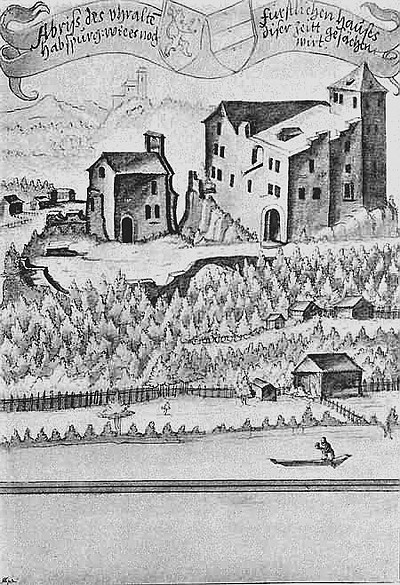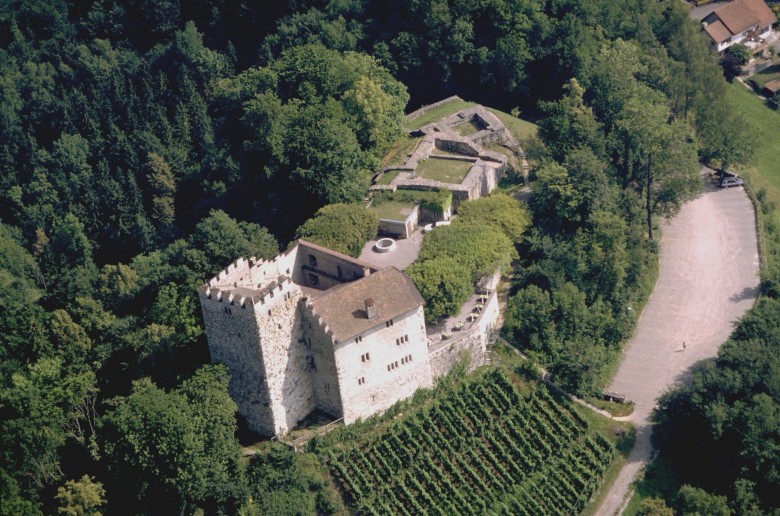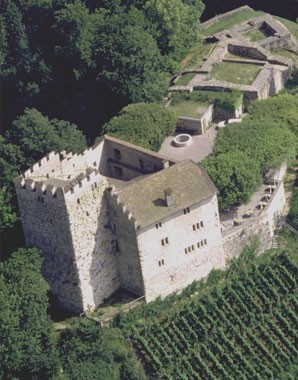The Habsburgs’ origins as a Swiss noble family
At the same time as the Babenbergs were building up their power base in the Danube area, their successors-to-be were on the rise a few hundred kilometres to the west in Switzerland: the Habsburgs.
When the Habsburg Rudolf I was elected Roman-German King in 1273, his family was already 300 years old. However, lack of documentary sources and confusion between fact and legend make it very difficult to reconstruct the family tree prior to this date. Genealogy was all part and parcel of dynastic propaganda: in order to demonstrate their legitimacy, medieval rulers had to display the noblest possible descent. This resulted in all manner of outlandish family trees. In one case, the Habsburgs went back to the Trojans via a number of Roman families, Julius Caesar, and Aeneas, while in another their line of descent from the Trojans passed through the Carolingians, Merovingians, and Franks – it was even claimed that they were descendants, via Osiris and Jupiter, of Ham and Noah. Another claim made was that they shared common blood with the Babenbergs.
Today the founding father of the Habsburg dynasty is regarded as having been Guntram the Rich, lord of Muri (in the present-day Swiss canton Aargau), who is thought to have lived in the tenth century and probably came from Alsace. Even at this time the Habsburgs had large possessions on the upper reaches of the Rhine and in Aargau. At the beginning of the eleventh century, descendants of Guntram founded the Benedictine abbey of Muri and built the Habsburg ancestral castle – the ‘Habichtsburg’ – on the Wülpelsberg in the Jura mountains.
The Habichtsburg was the family’s headquarters as they extended their territories in Aargau and Alsace. Initially, the Habsburgs were not the most powerful amongst the noble families of this region – their rise only came about as a result of the extinction of the most notable rival families such as the counts of Lenzburg, the dukes of Zähringen, the counts of Kyburg, and the lords of Regensberg. By the thirteenth century the Habsburgs had acquired great possessions and were the most important family in the area between the upper Rhine and the Alps.
Within the family, the branch of the Habsburgs that gained the upper hand was that of Count Rudolf IV, who was elected Roman-German King of 1273. He succeeded in extending the family territories and forming them into a coherent and unified domain in the south-west of the Empire. Rudolf was thus clearly by no means the ‘poor count’ of posterity’s idealizations. The period in which he became the first Habsburg supreme head of the Holy Roman Empire is often described as a time of imperial decline.


















